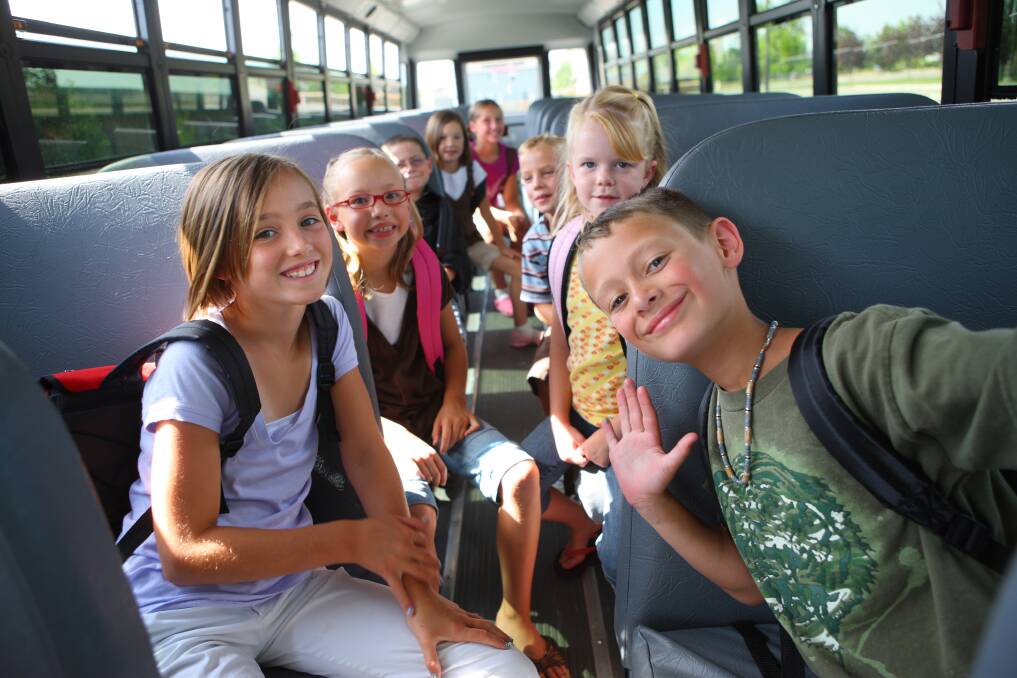
So, here's something I learned during 2023's National Road Safety Week (NSRW, May 14 to 21). It appears that we're not all playing nice when it comes to sharing the road with learner drivers.
Subscribe now for unlimited access.
or signup to continue reading
According to Road Safety Education Limited (RSE) - the folks who run the RYDA program in over 660 high schools across Australia and New Zealand - 87 per cent of young people learning to drive experience negative behaviour from other road users.
As a result of their survey, "students reported that while displaying their L plates they have experienced negative behaviour from drivers including tailgating (70 per cent), aggressive overtaking (66 per cent), road rage (29 per cent), honking horns (46 per cent) and flashing lights (26 per cent)," an RSE statement said.
"One student even reported that another driver got out of their car and pointed aggressively at them."
To me that level of belligerence is both appalling and unsurprising.
I think we as Australians might be just as guilty as the Americans when it comes to not realising that in the vast majority of locations we've planned our transport needs - for people and for goods - around the use of roads.
That means the vast majority of young people who don't live and work or study right in the heart of a metro area, need to learn to drive as soon as they are allowed to. And unless we build lots of closed-off training facilities everywhere (and possibly start getting high schools to actually teach them all how to drive), that will mean having them learn on public roads among all other drivers, in their own time.
The problem is, at least some people remain far too thick and self-centred to realise they need to share the road with others and other types of users. That means necessities like constantly looking where you're going, no matter how much technology you currently have to help you, and being patient because whomever you think is in your way, most have no choice other than to use the road network, whether they're a driver or a passenger.
I suspect that the aggressive behaviour of some is only symptomatic though, because the other thing I noticed was that the horrific crash of May 16 (the same day that NSRW's theme for the day was "Road safety for young people") was the second time in less than nine months that a B-double had cannoned into a coach carrying Victorian school children, causing horrific injuries and trauma including loss of limb.
From a physics point of view, the cause for both crashes was the same. The coach had slowed or stopped because it was supposed to (for a slow zone on the freeway in September; to make a right turn in May), and the B-double didn't slow or stop and pummelled into the back of it.
Also, just looking at the photos of the vehicle damage from each crash it's quite obvious that September's impact was significantly harder.
National Road Safety Week's overall theme for 2023 has been "Pledge to drive so others survive".
Their website - roadsafetyweek.com.au - also asks you to actually pledge the following:
- I pledge to drive as if my loved ones are on the road ahead.
- I will remove all distractions and never use my mobile phone while driving.
- I will not put other people at risk by speeding, driving while tired or under the influence of alcohol/drugs.
- I will protect all vulnerable road users, especially those whose job places them in harm's way, by slowing down and giving them the space they need to be safe.
Two days after the May crash - after the truck driver had been charged and released on bail - fewer than 60,000 pledges (just a simple click on their website) had been made.
It's not just important for one week of the year though.
We have to get it through everyone's heads that most road users - including passengers - have no choice.
From our individual behaviour to transport planning though, we really need to remember that most other uses rely on the road network, including children.














